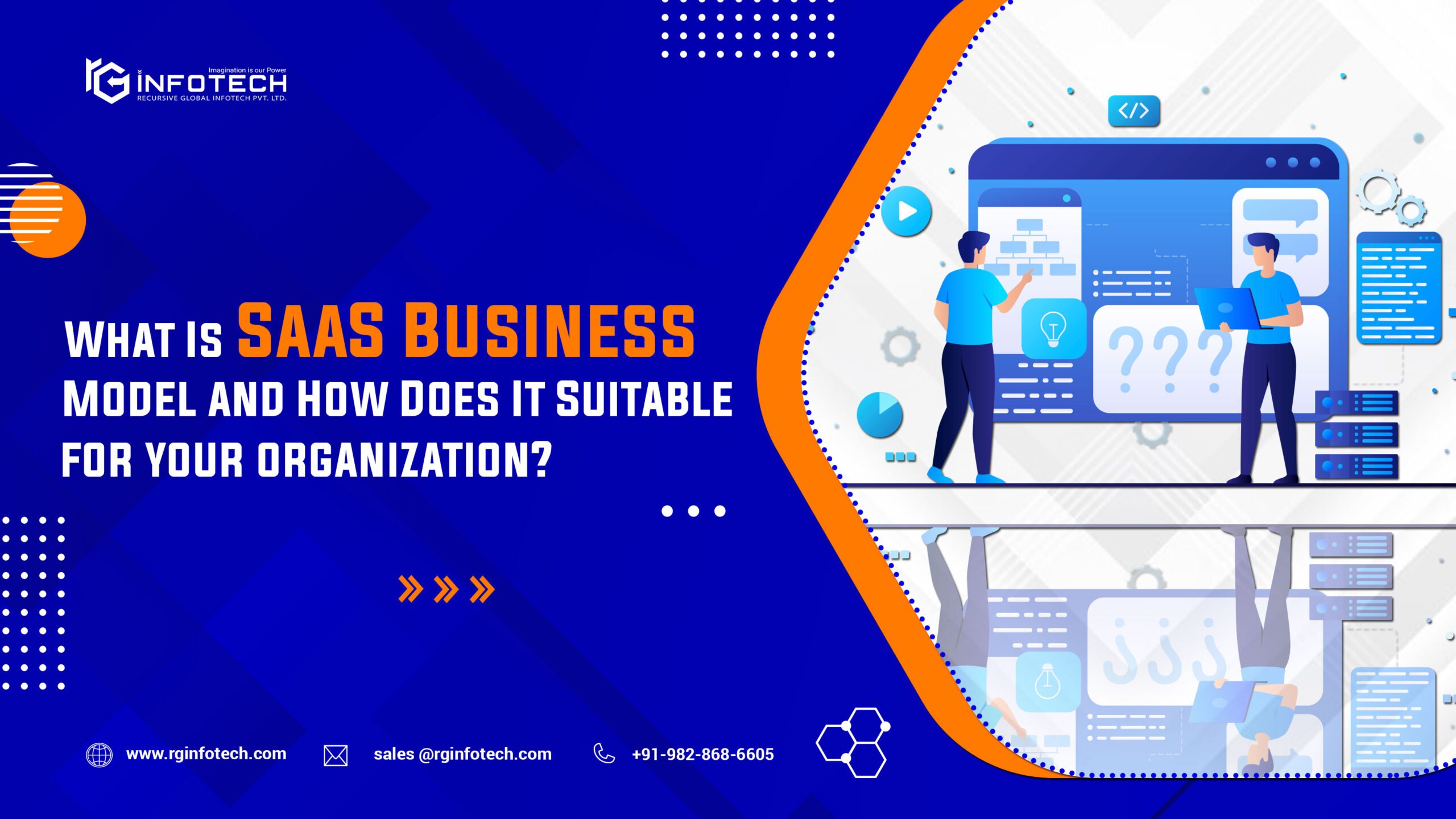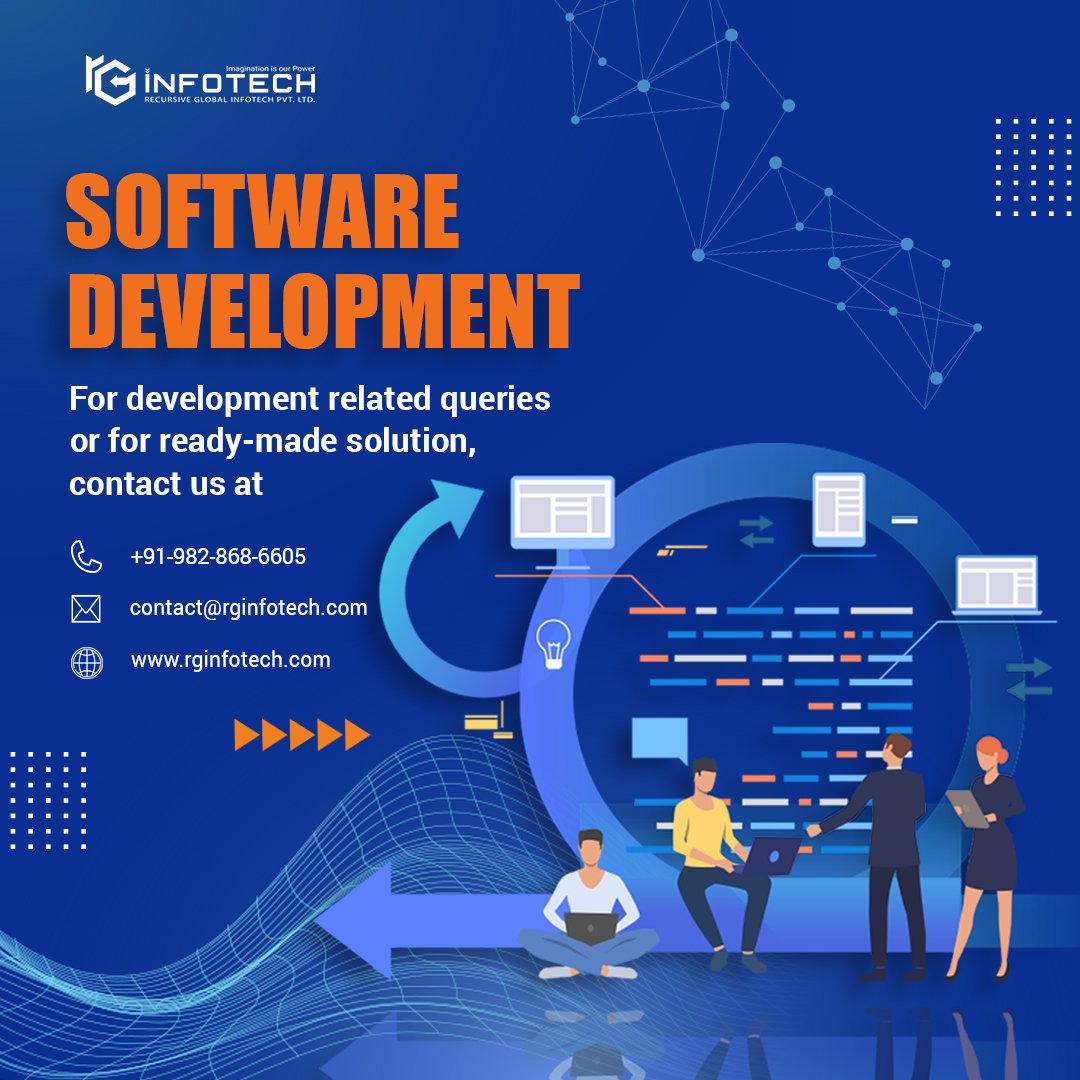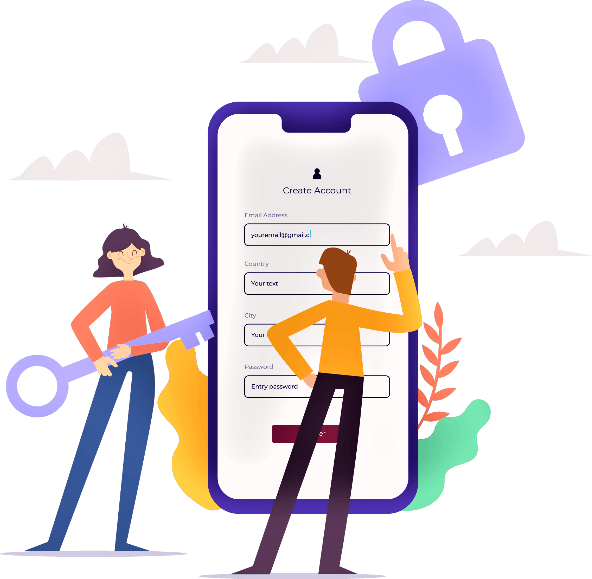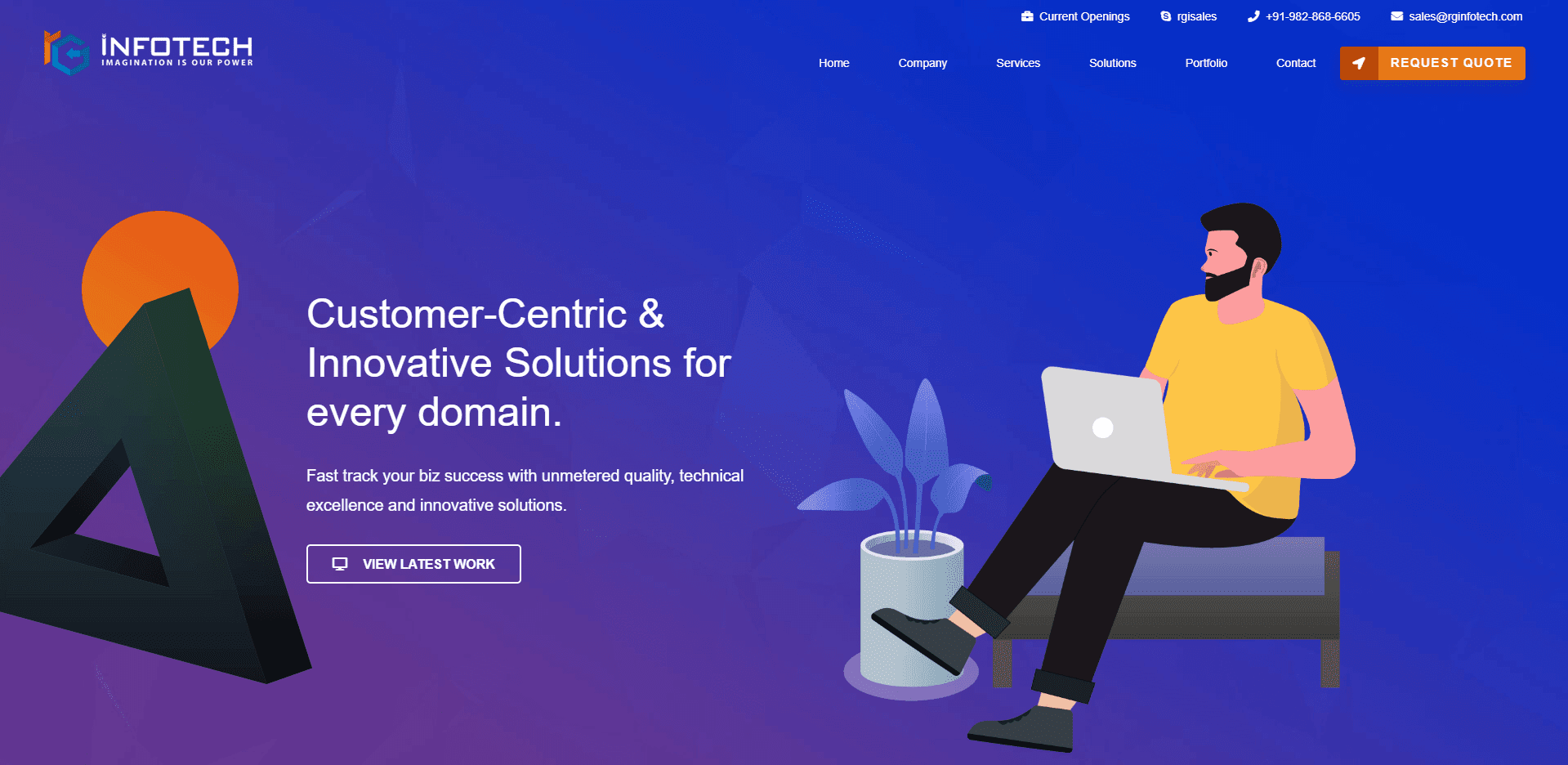What is a SaaS Business Model and How is it suitable for your organization?
Software as Service entered the market in the 2000s and has seen extreme growth as organizations continue adopting SaaS solutions for various industries like Human Resource (HRM Solution), Finance, Marketing etc.

Researcher claims that the SaaS market is worth $172 billion in 2022. The US has the wildest market of SaaS solutions across the globe.
What is SaaS?
SaaS is a type of business model and a way of delivering applications on the internet as a service. As such applications run on the cloud, one simply needs to access them via the internet and it’s available for both desktop and mobile apps.
SaaS apps are also called web-based software, hosted software or on-demand software. The SaaS app provider manages the application, its security, performance and effectiveness.
For a new company that wants to enter the software world, understanding the SaaS business model might be challenging and with this writeup, we’ll try to decode the secret of developing a successful SaaS business with the assistance of SaaS providers.
How does it work?
SaaS companies like RG Infotech maintain the servers, database, software and every tool that enables the product on the internet. The biggest advantage of having a SaaS app is that a user can access the software from any device. Usually, such apps are designed where a user has to pay a subscription fee to access the software. Here are the different types of SaaS business models:
- Customer Resource Management (CRM) – allows companies to manage client information and track sales/leads.
- Enterprise Resource Planning (ERP) – software suitable for big businesses.
- Accounting and Invoicing – software focuses on managing investment and returns.
- Project Management – software to communicate with team members.
- Web Hosting and eCommerce – to manage the remote servers and online presence of businesses.
Looking an app for your business?
Let’s discuss your idea with us on coffee.
Stages Of SaaS Business Model
Every business model needs to be developed with certain procedures and the process goes through multiple transformation stages.
1. Pre-startup
The first stage of building a business where you are brainstorming, looking for the problems and finding the unique possible solution. This stage is very crucial and time demanding to set up a business model which is unique, yet relevant to customers’ needs.
- Research about the past, present and future of the industry you are planning to enter in.
- Learn about your competitors’ business and success.
- Make strategies about setting up the business model and seek the guidance of industry experts.
- Look out for investors to collect funds.
2. Start-up
Once the strategy of your business model is ready, time to implement all the strategies to design and develop your business. At this stage you have to:
- Create a team to manage the lead generation
- Create proposals to target clients
- Collect customer feedback to improve your product/services
- Follow the relevant updated news
Don’t be afraid to modify the planning as per the requirement. The advantage of startups is to would them in the beginning as per the market trend and customer requirements.
3. Growth
The stage tells you about the growth and success of the product. key responsibilities at the growth stage are to:
- Optimize customer acquisition and lifecycle
- Engage customers
- Bring necessary changes to the product
- Branding of the product
- Scaling your team
4. Maturity
Congratulations, you have made it to this stage and now time to scale up the ongoing process on a broader level. Time to think and analyze what’s next, whether to continue with the same product or bring some changes?
Based on your decision, you can
- Go global. Expand to other countries
- Plan for IPO listing
- Add new products or services
Fundamental SaaS Metrics
Metrics help you to analyze and calculate the health and future of any business model. While building any business, some metrics are more important and you need to constantly keep a track of them:
- Churn Rate
Churn rate focuses on showing the number of customers who left your services, as products evolve and users leave one company in a flash.
Churn rate tells you about the user satisfaction and success of your product within a certain period. For the SaaS business model, 5-7% is the acceptable churn rate.
Formula to Calculate Churn Rate
No. of Churned Customers (for a given period) / Total no. of Customers
Looking an app for your business?
Let’s discuss your idea with us on coffee.
- Customer Acquisition Cost (CAC)
To make your SaaS business profitable, knowing the investment of two assets that is “time and money” to acquire a new user is important.
Formula to Calculate Churn Rate
Total Investment in Sales & Marketing / Number of Acquired Clients
- Monthly Recurring Revenue (MRR)
Monthly Recurring Revenue is the monthly expected revenue. It helps the company to understand monthly variations in your income.
Formula to Calculate Churn Rate
MRR = Number of Customers X Average Revenue
- Average Revenue Per Account (ARPA)
Average Revenue per account shows the revenue generated by each client by using your software per month, quarterly or yearly.
Formula to Calculate Churn Rate
Total MRR / Total number of Customers
- Customer Lifetime Value (CLV)
CLV is the average revenue you generate while users are subscribed to your software.
Formula to Calculate Churn Rate
CLV = (ARPA x Gross Margin %) / Churn Rate
- Customer Retention Rate (CRR)
Customer retention is a metric that shows the number/percentage of customers who keep using and paying to use your software.
Formula to Calculate Churn Rate
Number of Customers that Continue to use the Software / Total number of Customers at the Start of the Time Period) x 100
Advantages of the SaaS business model
Why choose a SaaS business model for your services is the right thing to do in 2022:
- SaaS is hosted on the cloud from the end users, update is not a concern but needs to roll out from the provider’s end.
- The SaaS business model opens the door for various marketing strategies at a low cost which includes affiliate marketing and all social media platforms.
- Bring transparency to targeted customers by avoiding the pseudo users as the customers get what they paid for.
- SaaS can easily manage loads like high volume data transactions, month-end closers and payroll processing etc. Developers like RG Infotech can easily make such solutions scalable.
- Traditional software platform offers are not that adaptable to the SaaS subscription model to the customer needs which affects customer loyalty and stickiness.
Conclusion
From installing heavy software to going live on the internet to using your software, the SaaS business model provides a window of opportunities. Its adaptability to all sorts of industries makes it more attractive for business aspirants. However, to make a successful mark with the SaaS business model, understand the industry dynamics and work continuously on the solution to bring out the best.




 rgisales
rgisales



